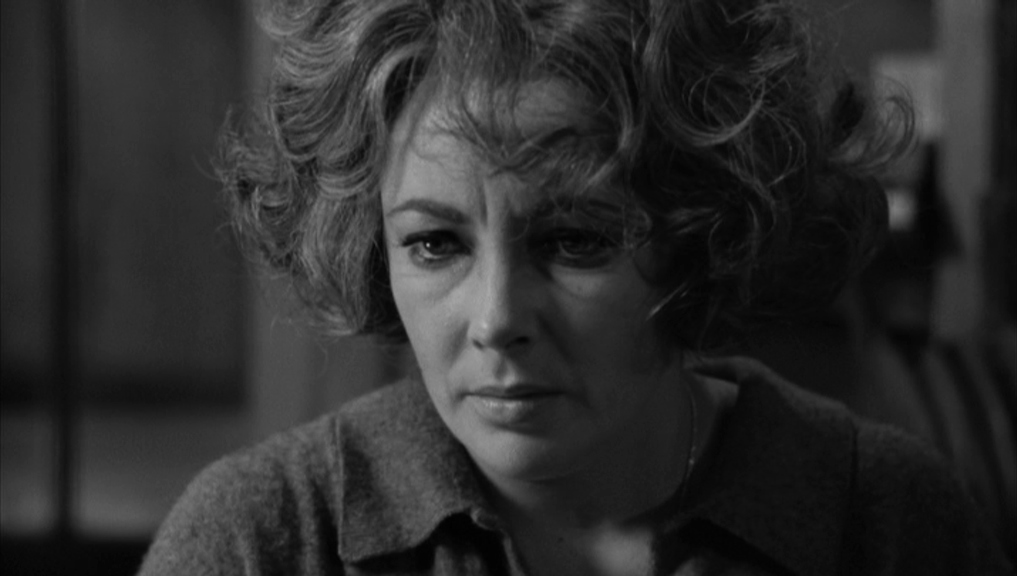Author: Haley Spencer
-

Shifting Depictions of Mental Illness in Film
Mental illness is an underlying force in a variety of films dating back to the 1940s. Illnesses such as mental disorders, drug, and alcohol addiction are referenced, yet because of the censorship laws, these ideas were either ridiculed or dismissed. In order to call action to these issues, the film industry had to adjust their…